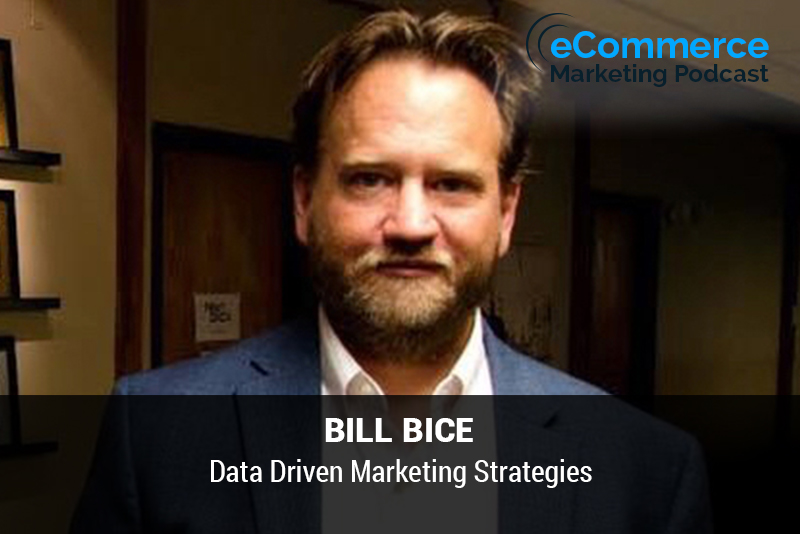
The eCommerce Marketing Podcast walks you through everything that goes into ecommerce marketing — from inbound marketing to paid advertising to conversions. Learn the strategies top marketing experts use to grow their businesses.
Marketing Strategies Revealed in this Episode:
- What specific data needs to be tracked to implement solid marketing strategies
- How does an ecommerce business effectively track data? What tools and resources are required?
- The flaws that come companies make with marketing
- Once a company has gathered the right data, what specific marketing strategies should they implement?
- Examples of some top ecommerce brands that use data to implement successful marketing strategies

Episode Title: Leveraging LinkedIn Sales Automation with Gessie Schechinger
Host: Arlen Robinson
Guest: Gessie Schechinger, Vice President of Sales for the OnCourse Sales Engagement Platform
In this episode of the eCommerce Marketing Podcast, Arlen Robinson sits down with Gessie Schechinger, the Vice President of Sales for the OnCourse Sales Engagement Platform. Gessie, dubbed the laziest salesman in America, shares his insights on LinkedIn sales automation and how businesses can use this powerful tool to boost sales and efficiency. With over 20 years of sales experience, Gessie brings a wealth of knowledge on leveraging technology and automation in sales processes.
Key Takeaways:
- Introduction and Gessie’s Background (00:20)
- Gessie shares his unconventional journey into sales and his passion for leveraging technology to make sales processes more efficient.
- What is LinkedIn Sales Automation? (06:05)
- Explanation of LinkedIn sales automation and its benefits, including higher engagement rates compared to traditional methods.
- Tools for LinkedIn Sales Automation (12:30)
- Introduction to the OnCourse Sales Engagement Platform and its LinkedIn Chrome plugin for automating and personalizing outreach efforts.
- Results from LinkedIn Sales Automation (15:45)
- LinkedIn offers a 17% engagement rate, significantly higher than email and phone outreach, making it a highly effective sales channel.
- Best Practices for LinkedIn Sales (20:10)
- Tips on avoiding canned messages, personalizing outreach, and building genuine relationships on LinkedIn.
- Using LinkedIn Responsibly (24:50)
- Importance of using automation tools responsibly and maintaining professional etiquette on LinkedIn to build and nurture relationships.
- Final Advice for LinkedIn Sales (28:20)
- Recommendations on how to effectively connect and engage with decision-makers on LinkedIn.
Gessie Schechinger is the Vice President of Sales for the OnCourse Sales Engagement Platform, a tool designed to help sales professionals leverage technology and automation for better sales outcomes.
Contact Gessie Schechinger:
- Website: OnCourse
- LinkedIn: Gessie Schechinger
- Twitter: @TheRealGessie











